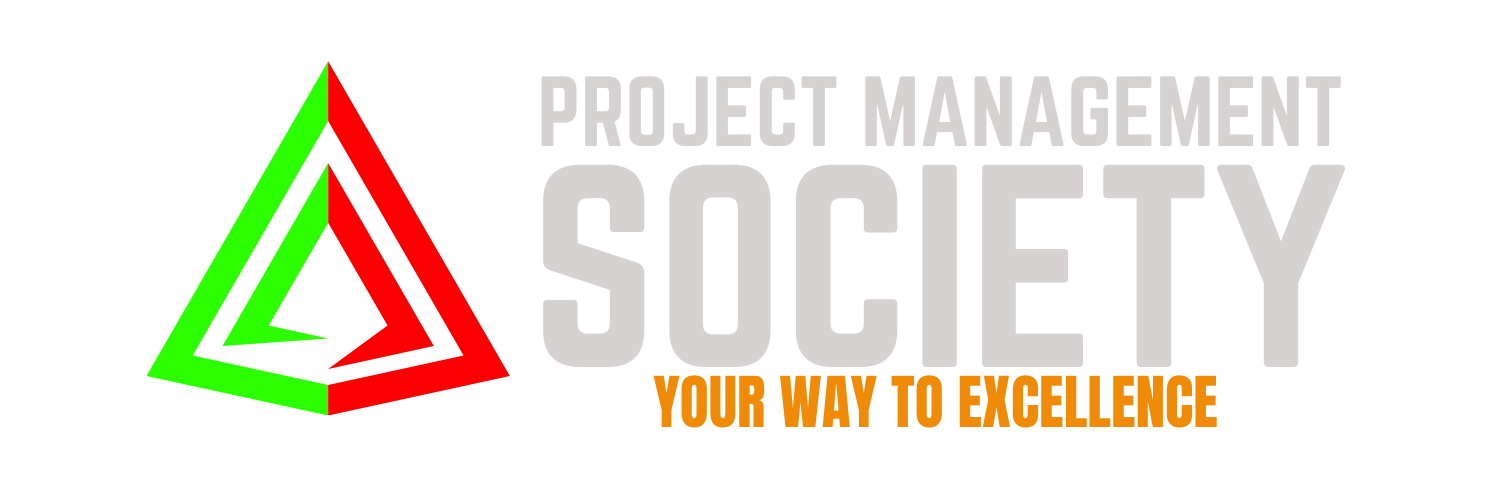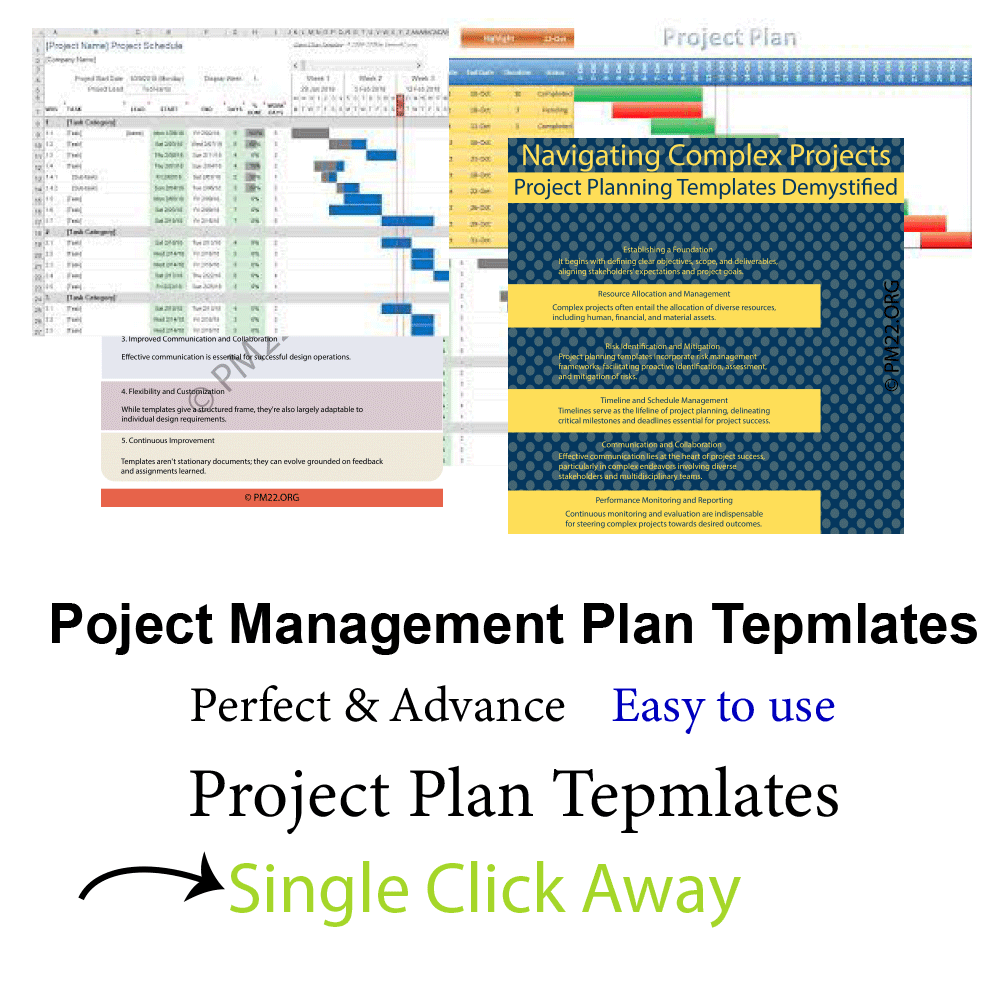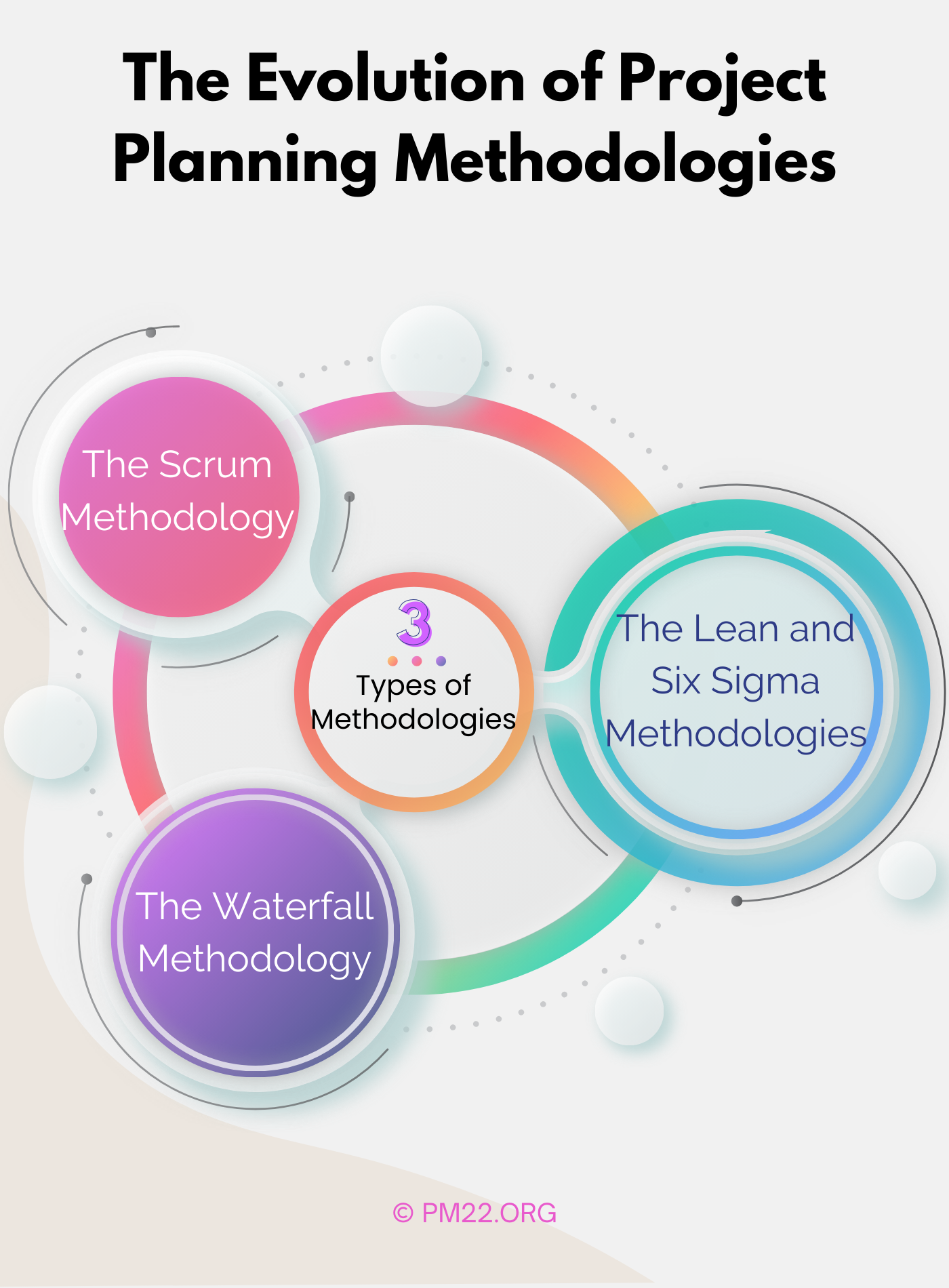 In the dynamic realm of project management, the evolution of planning methodologies resembles an intricate tapestry, woven over decades of trial, error, and adaptation. From rudimentary techniques to sophisticated frameworks, the journey of project planning methodologies mirrors the relentless pursuit of efficiency, agility, and success in delivering projects across diverse industries.
In the dynamic realm of project management, the evolution of planning methodologies resembles an intricate tapestry, woven over decades of trial, error, and adaptation. From rudimentary techniques to sophisticated frameworks, the journey of project planning methodologies mirrors the relentless pursuit of efficiency, agility, and success in delivering projects across diverse industries.
At the genesis of project management, the landscape was dominated by traditional approaches characterized by linear, sequential processes. The Waterfall method, a hallmark of this era, emphasized meticulous upfront planning, sequential execution, and minimal flexibility for change. While effective for straightforward projects with well-defined requirements, Waterfall struggled to accommodate the complexities and uncertainties inherent in modern endeavors.
CLICK HERE TO DOWNLOAD 300+ PROJECT MANAGEMENT TEMPLATES & DOCUMENTS IN EXCEL
The dawn of the digital age precipitated a paradigm shift, catalyzing the emergence of iterative and incremental methodologies. Agile methodologies, notably Scrum and Kanban, disrupted the status quo by promoting adaptive planning, iterative development, and continuous feedback loops. By prioritizing collaboration, transparency, and responsiveness, Agile methodologies empowered teams to navigate evolving requirements and deliver incremental value with greater efficiency and resilience.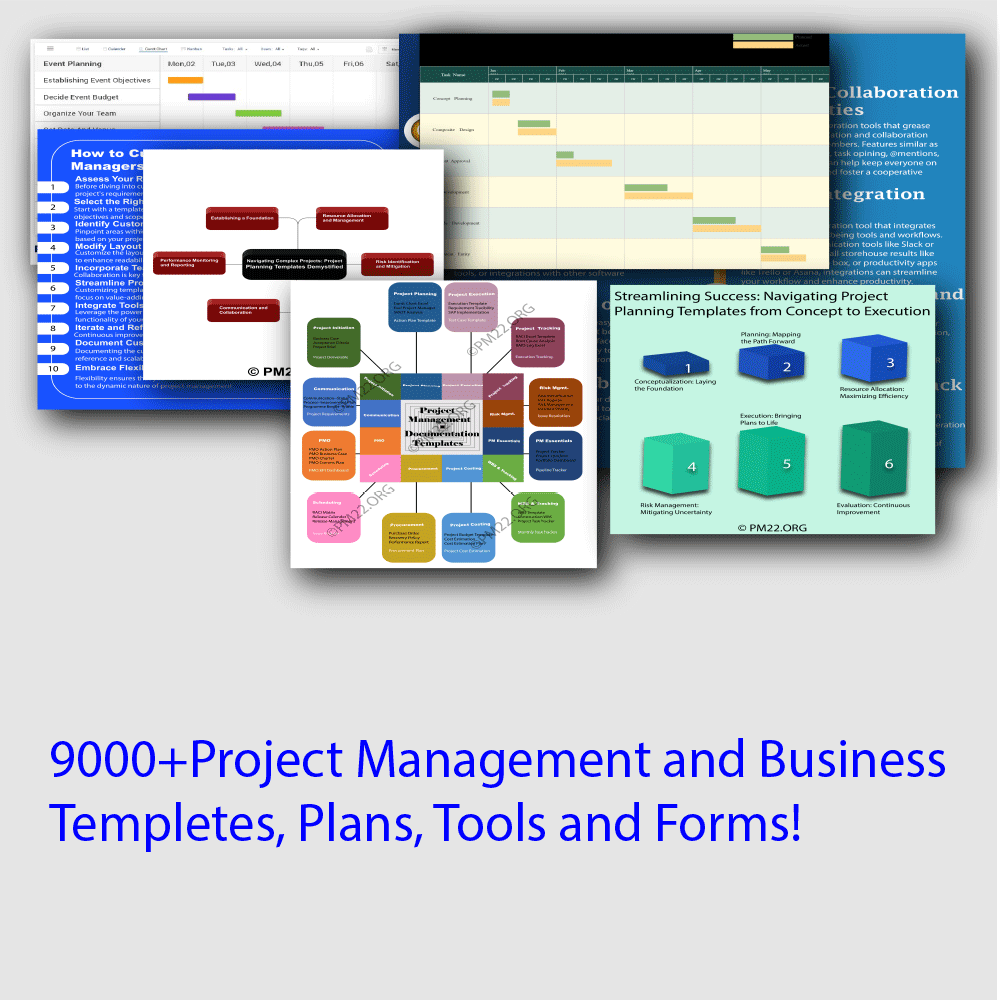
However, as organizations grappled with scaling Agile beyond small teams and simple projects, the need for a comprehensive framework became apparent. Enter, the Scaled Agile Framework (SAFe), a holistic approach designed to synchronize Agile teams, enhance alignment with strategic objectives, and foster enterprise-wide agility. By providing guidance on roles, ceremonies, and artifacts at various levels of the organization, SAFe bridged the gap between Agile principles and large-scale implementation, enabling organizations to achieve agility at scale.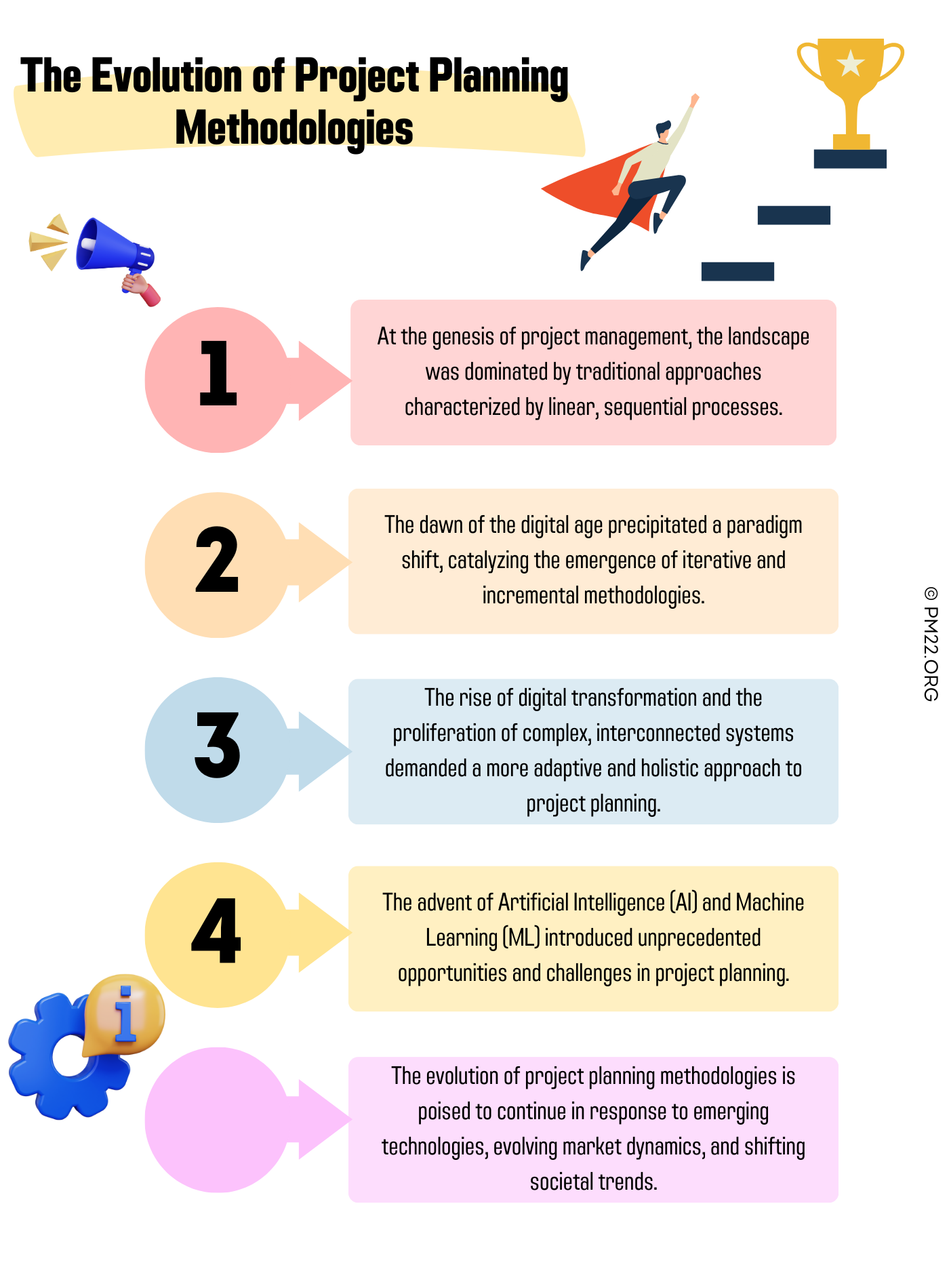
Yet, as the pace of technological innovation accelerated and market dynamics grew increasingly volatile, the rigidity of traditional methodologies and the prescriptive nature of Agile frameworks posed new challenges. In response, Lean thinking permeated project management, advocating for the elimination of waste, amplification of learning, and relentless improvement. Lean Project Management integrated principles from Lean manufacturing with Agile methodologies, promoting value stream mapping, continuous flow, and just-in-time delivery to optimize project outcomes.
Meanwhile, the rise of digital transformation and the proliferation of complex, interconnected systems demanded a more adaptive and holistic approach to project planning. Enter, Design Thinking, a human-centered methodology that prioritizes empathy, experimentation, and iteration in problem-solving. By fostering a deep understanding of user needs, rapid prototyping, and user feedback, Design Thinking transcends traditional project planning by placing human experience at the forefront of innovation.
CLICK HERE TO DOWNLOAD 300+ PROJECT MANAGEMENT TEMPLATES & DOCUMENTS IN EXCEL
Furthermore, the advent of Artificial Intelligence (AI) and Machine Learning (ML) introduced unprecedented opportunities and challenges in project planning. AI-powered predictive analytics revolutionized forecasting and risk management, empowering project managers to make data-driven decisions and anticipate potential bottlenecks before they arise. Similarly, ML algorithms enabled automated scheduling, resource optimization, and anomaly detection, augmenting human capabilities and streamlining project execution.
Looking ahead, the evolution of project planning methodologies is poised to continue in response to emerging technologies, evolving market dynamics, and shifting societal trends. Concepts such as DevOps, Design Sprints, and Holacracy are already reshaping the landscape, blurring the boundaries between development, operations, and organizational structure. Moreover, the democratization of project management through collaborative platforms and distributed teams necessitates agile, adaptable methodologies capable of navigating a rapidly evolving global landscape.
In conclusion, the evolution of project planning methodologies embodies the relentless quest for innovation, efficiency, and value creation in an ever-changing world. From the rigid constructs of Waterfall to the adaptive frameworks of Agile and beyond, each paradigm shift reflects the evolving needs and aspirations of project teams striving to deliver excellence amidst uncertainty. As we navigate the intricate tapestry of project management, one thing remains certain – the journey is far from over, and the possibilities are limitless.
